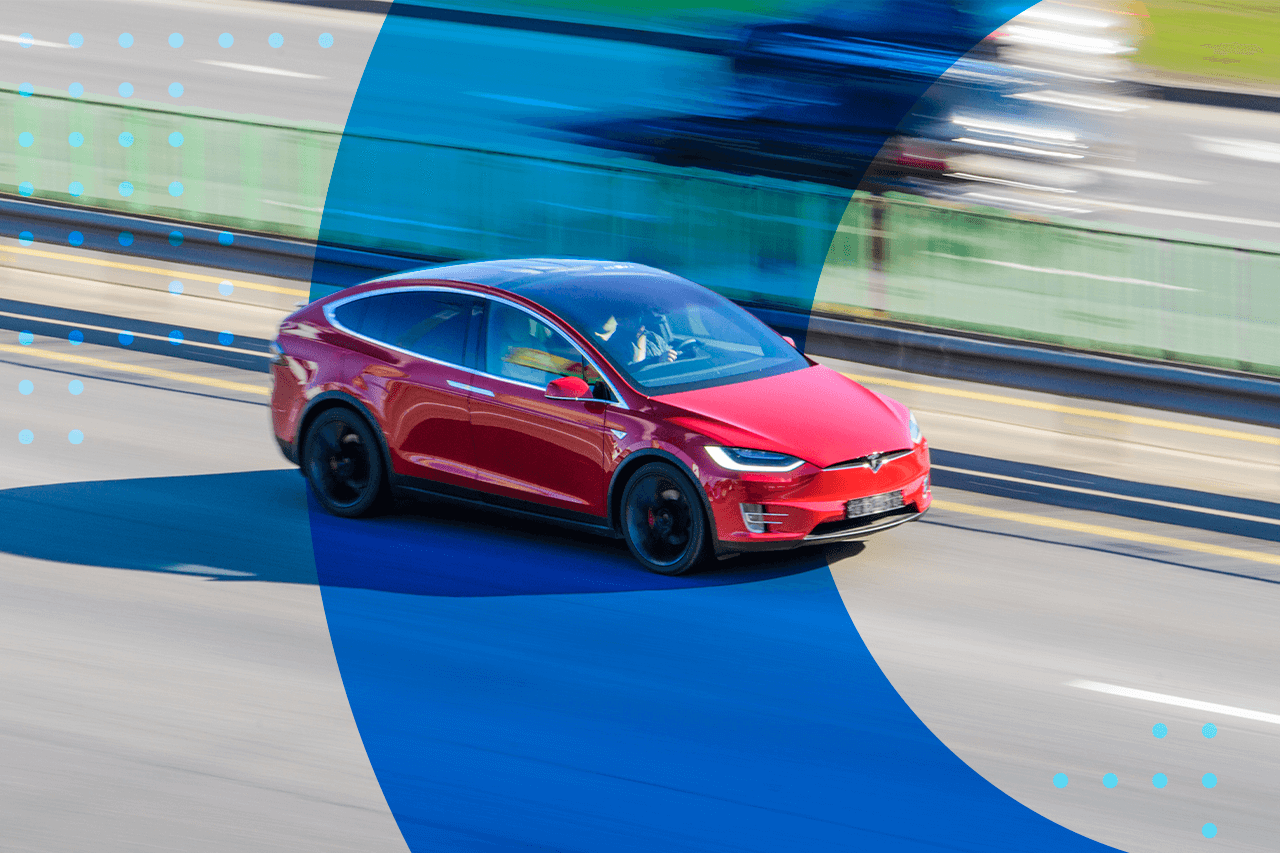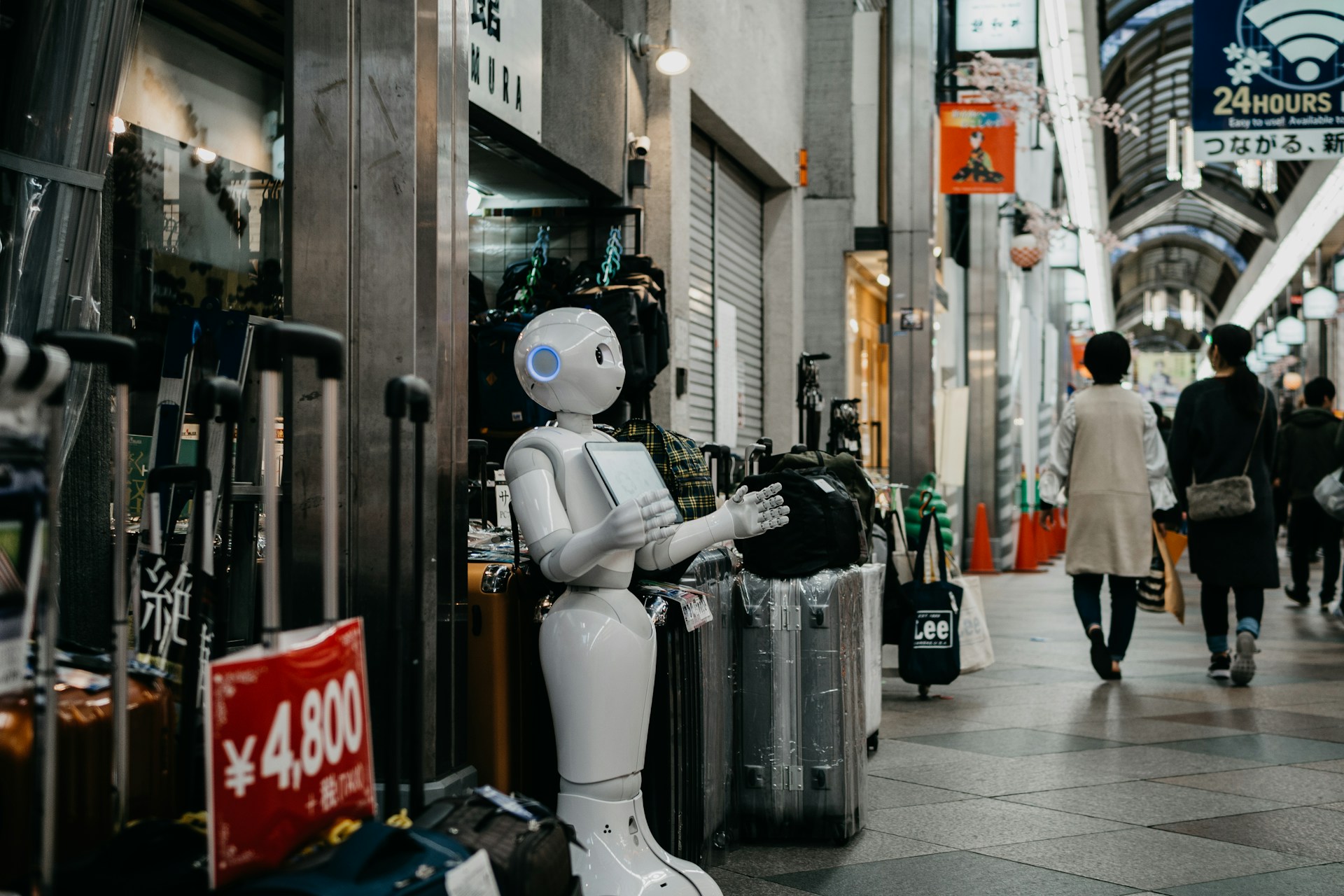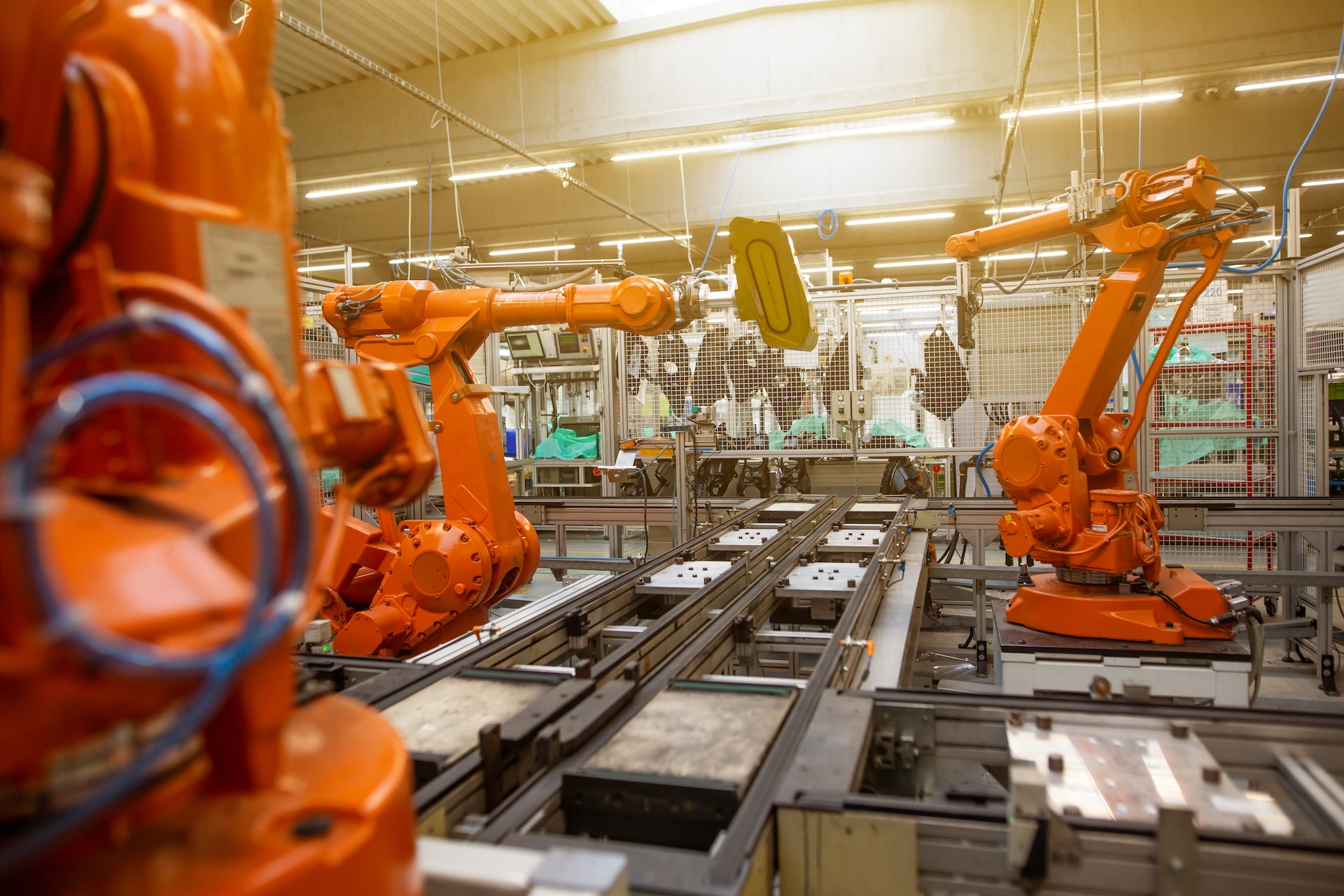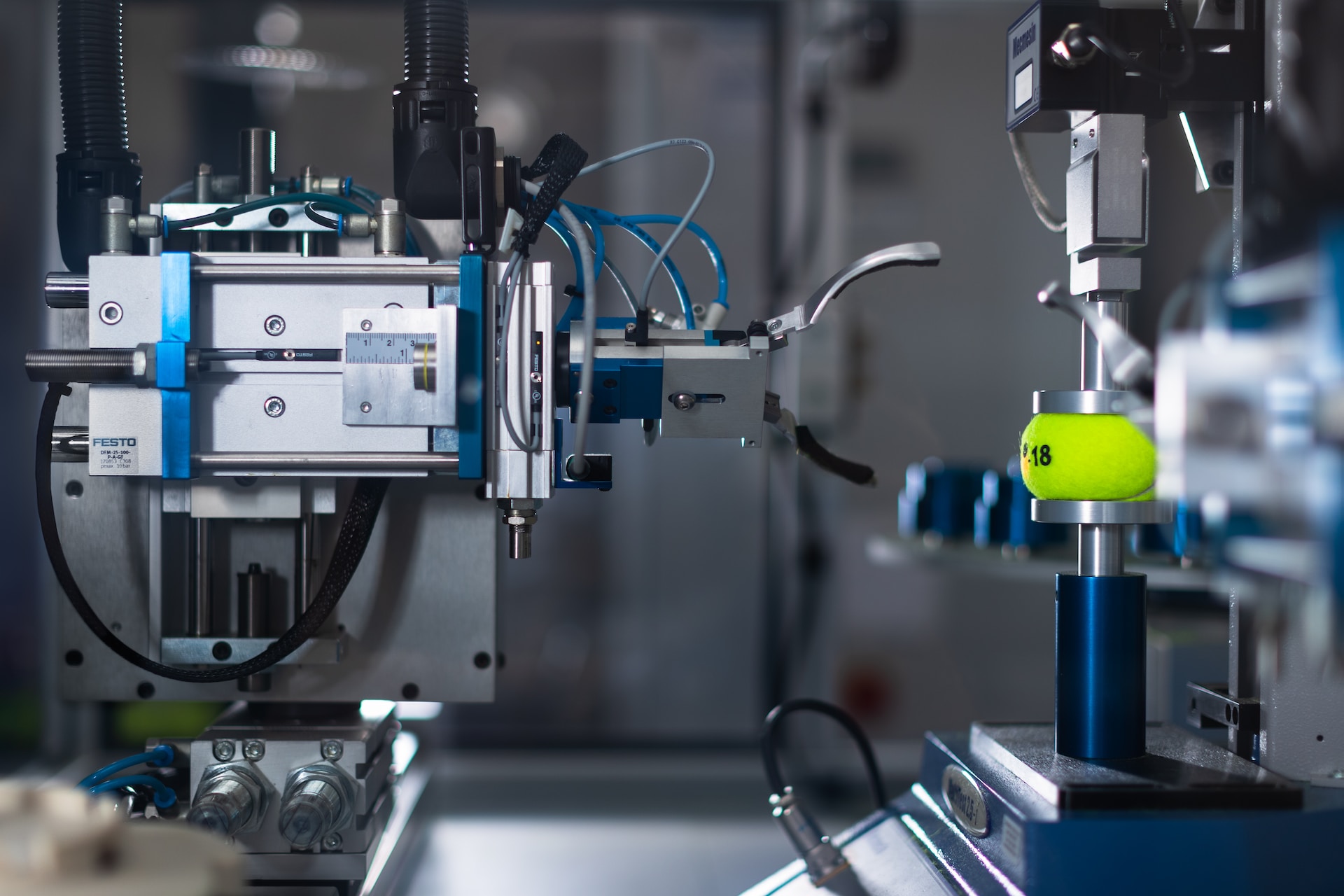
How Could Driverless Cars Change Our Society?
March 23, 2021 - Emily Newton
Revolutionized is reader-supported. When you buy through links on our site, we may earn an affiliate commision. Learn more here.
Not so long ago, driverless cars seemed like something out of a science-fiction novel or film. However, companies are now testing them in several markets. Analysts caution that specifics still must get ironed out about new laws and regulations surrounding these high-tech vehicles. Even in these early stages, though, people are getting glimpses of how driverless cars could spark positive societal change.
Provide More Freedom for Residents
Most people can recall times in their lives when they couldn’t hop into cars and proceed to their destinations. Perhaps they didn’t have their licenses. Maybe an injury temporarily stopped them from driving. In other cases, people have permanent or long-term disabilities that don’t allow them to operate cars.
Other people face location-based challenges. Many individuals who don’t own cars also reside in places without public transportation networks. Relatedly, they may not know people with cars who will take care of the driving duties. In some rural areas, taxi drivers charge extra to reach residences or don’t serve those communities. Such realities may mean it’s difficult or impossible for residents to get where they want to go on preferred schedules.
However, driverless cars could address all those challenges and others. Someone who owns such a vehicle could get into it, sit back and relax, regardless of whether they can or do drive normal cars. People recognize, though, that engineers must account for future users with a wide range of abilities. Achieving that goal should make driverless cars maximally accessible to people who need or want to use them.
For example, a research team at Northwestern University is working with other educational institutions to ensure that driverless car designs don’t overlook people with disabilities. Current prototypes of these vehicles often feature touch-sensitive interfaces. However, a person with low sight or fine-motor coordination difficulties may struggle to use those. The researchers also noted that a person’s seat location in a vehicle could mean that they get different instructions from a driverless car when exiting it.
Help Overwhelmed Travelers Feel at Ease
Arriving in a new place makes many people feel sensory overload. Many disembark from planes, collect their luggage and stare confusedly at transportation route maps. Reaching the right destination becomes much more daunting when someone doesn’t know the area at all.
In India, a concept based on driverless cars will help people travel between one of the country’s airports to a nearby city. More specifically, users can go from Jewar’s Noida International Airport to Greater Noida — spanning a distance of about 25 kilometers.
They’ll take the trips in driverless “pod taxis,” which hold four to six passengers each. Other areas in India already let people travel in the futuristic pods. However, this endeavor is the first instance geared towards simplifying travel to the airport.
It’s easy to see the potential benefits, though. People would not worry about conventional taxis showing up late because a driver saw the trip notification too late. There’s also no need to make small talk with vehicle operators who don’t notice their passengers’ tiredness or general unwillingness to converse.
Increase Delivery Options
E-commerce companies and shipping providers continually investigate ways to help consumers get their goods faster. The COVID-19 pandemic caused an online ordering boom. With many people still facing restrictions and staying at home more often, the trend remains strong. Could driverless cars facilitate faster deliveries? A company called Nuro bases its operations on that hope.
In the early stages of living with the novel coronavirus, Nuro’s R2 cars brought medical supplies to physicians working in California’s temporary care facilities. Those instances aimed to reduce opportunities to spread the virus that exists during typical person-to-person transactions.
More recently, the company received permission to operate its driverless cars on a for-pay basis in California. The vehicles feature egg-shaped frames with raising doors. Those openings let people retrieve their goods from the inside after entering a code. Unlike most other autonomous automobiles, these are delivery-specific and not designed for passengers or drivers. The cars don’t have steering wheels or pedals, for example.
Numerous other companies use drones to get goods to the people who purchase them. The driverless cars used here could be yet another option to support the higher volumes of online ordering activity. In another example, a company called Gatik launched a range of autonomous delivery trucks made for refrigerated, frozen and non-perishable foods. Those vehicles range in length from 11 to 26 feet.
Alter the Policing Approach
Driverless cars could substantially change police officer duties, too. The United States has more than 800,000 state and local law enforcement professionals. Together, they detain approximately 20 million motorists per year for suspected traffic violations. Beyond those incidents, police forces spend much of their time responding to accidents and diverting traffic from them to keep people safe.
However, analysts often bring up wreck reduction as a driverless car benefit. Crying kids, complaining spouses or interesting roadside attraction signs don’t distract autonomous vehicles. Engineers also design them to strictly follow all traffic laws. Those characteristics should mean that cars without drivers lead to safer roads. If that happens, police officers would have more time to spend on the more serious crimes.
Indeed, minor traffic violations might cause major incidents. If a person runs a red light, that decision could mean their car hits a pedestrian or strikes another vehicle. However, if law enforcement officers experience drastic reductions in traffic-related duties, they’d have more time to focus on other law-breaking activities. Such a scenario likely reduces the paperwork associated with the job, too.
Driverless cars also provide more opportunities for people under the influence of drugs or alcohol to return home safely. Holidays such as New Year’s Eve and Halloween give adults plenty of reasons to party. Many do so by indulging in alcohol or marijuana. Taxi drivers bear much of the responsibility for getting those celebrators home without incident now. However, some individuals make the dangerous decision to drive in altered states. That choice puts themselves and others at risk.
Reduce Car Ownership
Many consumers view cars as essential but costly purchases. There’s the expense of the vehicle itself, plus applicable taxes, insurance fees, gas and upkeep costs. It’s understandable, then, why some people wish they could enjoy the convenience of vehicle ownership without paying so much for the privilege. Driverless cars may allow that. It probably won’t happen soon. However, the option is not a far-fetched possibility.
Researchers believe autonomous vehicles could cut car ownership by 70% within the next 15 years or so. Consumers will likely see them offered among an assortment of transportation options. For example, a person might use an app to enter their trip details. Then, they’d see several possible transportation options to take the journey.
Residents of urban areas like New York City often thrive for decades and never own cars for the duration of their lives there. The prevalence of subway routes, taxi cabs and well-maintained sidewalks make car ownership impractical. Anyone who visits the Big Apple and sees the costs associated with using parking garages knows this well. However, if driverless cars become widely available, people in less-populated areas may experience how easy to get around without owning cars, too.
Imagine if a dozen residents of a small town each contributed towards the costs of an autonomous car. Maybe most of them don’t drive often but agree they’d love an affordable vehicle. They could then work out a schedule whereby people who gave money to help purchase the car can reserve times to use it.
Splitting the overall costs among 12 people makes the expenses manageable. Plus, since users do not drive the car, there is no need to ensure they have licenses, insurance and the physical and mental fitness that driving requires.
Driverless Cars Could Change Lives
Some experts think people may wait a decade or more for chances to purchase autonomous cars. However, the ongoing trials in cities and countries worldwide prove that the necessary technology exists. Researchers are still verifying the vehicles’ safety and investigating how laws might change to accommodate the automobiles.
However, these examples show it’s not too early to get excited about the positive impacts that driverless cars could have on society. Such early evidence emphasizes that the continual work to make these vehicles more widely available should pay off in meaningful and measurable ways.
Revolutionized is reader-supported. When you buy through links on our site, we may earn an affiliate commision. Learn more here.
Author
Emily Newton
Emily Newton is a technology and industrial journalist and the Editor in Chief of Revolutionized. She manages the sites publishing schedule, SEO optimization and content strategy. Emily enjoys writing and researching articles about how technology is changing every industry. When she isn't working, Emily enjoys playing video games or curling up with a good book.




